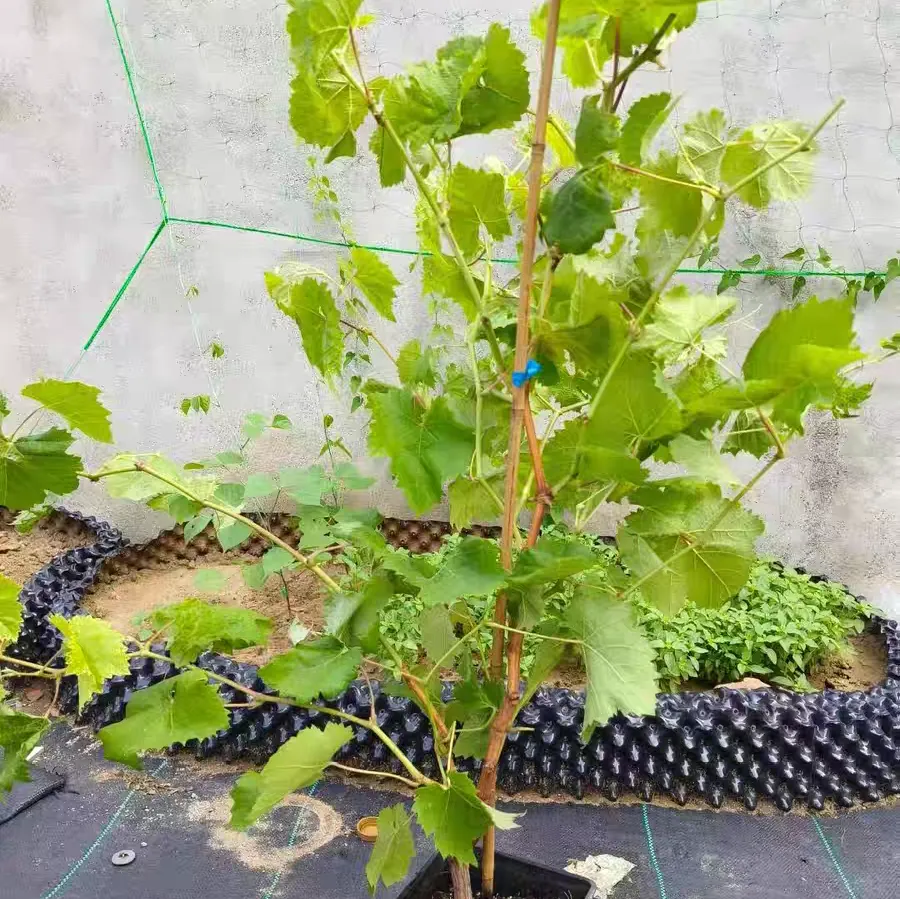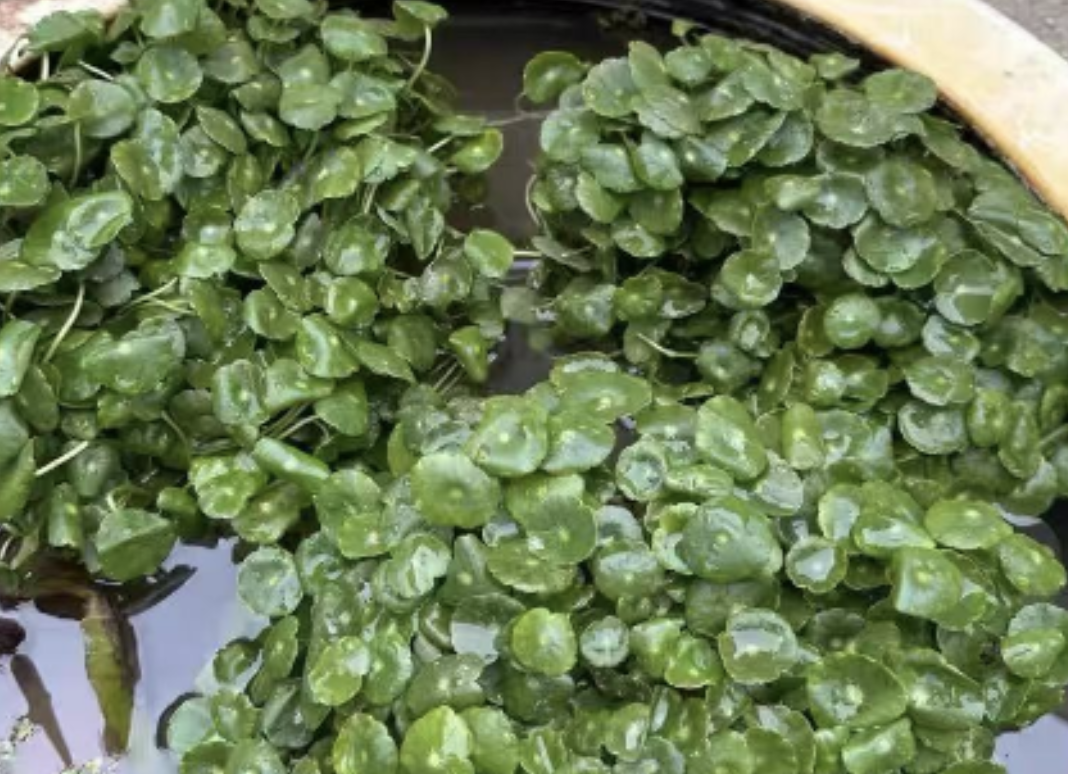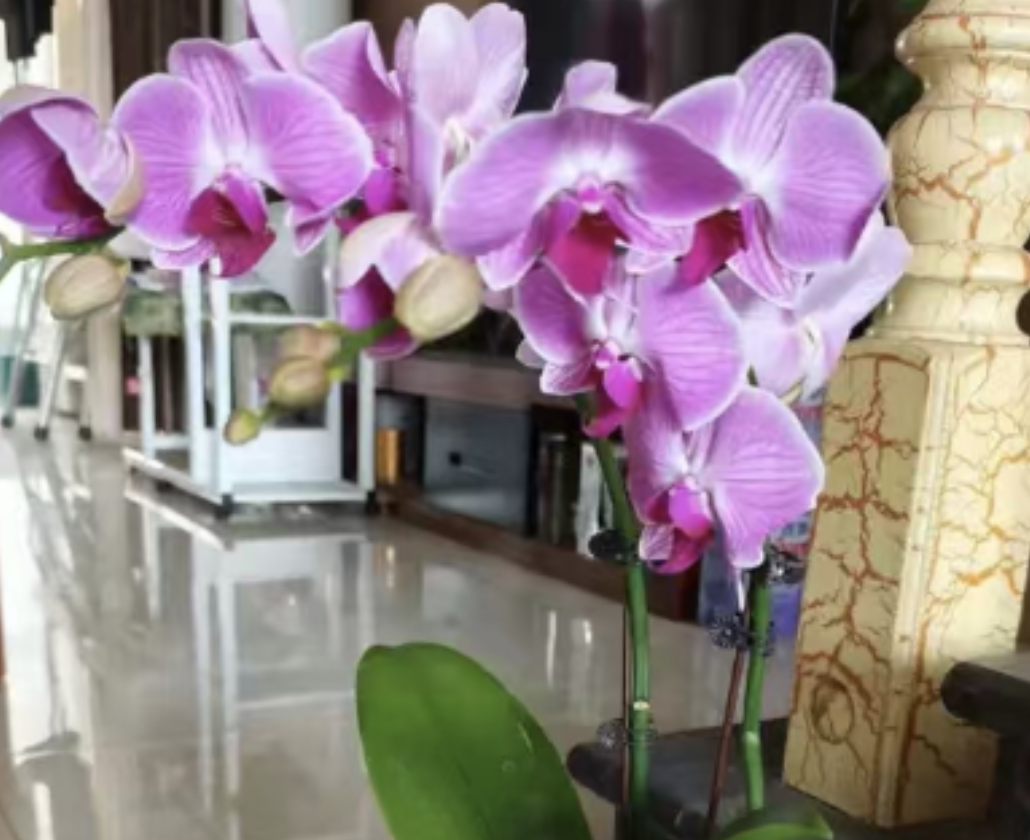Who wouldn't want to set up a grape trellis on the balcony, picking a bunch of crystal-clear fruits in summer and biting into their sweet and sour juiciness? Actually, growing grapes in pots isn't that hard. Follow this guide, and even beginners can grow grapes hanging all over the branches!
### Choose the Right Location
- **Adequate sunlight is a must**: Grapes are "sun lovers" and need at least 6 hours of direct sunlight every day. Sufficient light ensures more flowers, more fruits, and sweeter berries.
- **Good ventilation is essential**: Keep the balcony windows open often for air circulation. This reduces diseases and keeps the vines thriving.
### Preparation Materials
- **Flowerpot**: Choose a large pot with a depth and width of at least 40cm. It must have drainage holes at the bottom to avoid waterlogging and root rot.
- **Soil**: The key is loose and breathable soil! Mix leaf mold, garden soil, and river sand in a ratio of 2:2:1, or directly buy special grape nutrient soil. Avoid heavy, clayey yellow soil.
- **Grape seedlings**: Beginners should prioritize dwarf varieties such as Kyoho, Summer Black, and Shine Muscat. Select seedlings with thick stems and well-developed roots.
- **Support**: Prepare bamboo poles, wire frames, or climbing nets in advance. When the vines grow to 30cm, you can set up the support to let the branches climb along it, keeping them organized and conducive to fruiting.
### Planting Steps
1. Lay 5cm of gravel or ceramsite at the bottom of the pot to enhance drainage.
2. Fill the pot halfway with soil, place the grape seedling, and gently spread out the roots (don’t let them curl up).
3. Fill the pot with soil, press it down lightly, and water with "root-setting water" (until water drains from the bottom). Place it in scattered light for 1 week to acclimate, then move it to a sunny spot.
### Daily Care
- **Watering**: Water once a week during the peak growing season (spring and summer). In autumn and winter, when temperatures are lower, water once every 2 weeks. The rule is: water only when the soil 2cm below the surface is dry, and water thoroughly. However, promptly empty any standing water in the saucer to prevent root suffocation.
- **Fertilizing**:
- During the sprouting period, apply more nitrogen fertilizer (such as decomposed soybean cake water) to promote vigorous growth of branches and leaves.
- During the flowering and fruiting period, switch to phosphorus and potassium fertilizers (diluted potassium dihydrogen phosphate sprayed on leaves or applied to the roots) to encourage flowering, fruit set, and sweeter fruits.
- Bury sheep manure or compound fertilizer once a month during the growing season. Apply thin fertilizer frequently; over-fertilizing can burn the roots.
### Pruning + Supporting
- **Pruning**:
1. Regularly cut off yellow leaves and diseased branches to avoid nutrient competition.
2. Winter (December-January) is the prime pruning period. Leave 3-4 plump buds on each main branch and cut off all other branches. This ensures more fruiting branches will sprout the next year.
- **Trellising and training**: When the vines grow to 50cm, tie the branches to the support (don’t tie them too tight, leaving room for growth). Let them climb up the trellis so the leaves can better absorb sunlight, and the fruits will grow more evenly.
### Pest and Disease Control
1. Check the undersides of leaves and branches weekly. If aphids or red spiders are found, rinse them off with water or spray diluted soapy water.
2. After consecutive rainy days, leaves are prone to black spot disease. Spray carbendazim promptly for prevention; don’t wait for the disease to spread.
### Notes
1. In northern regions, when winter temperatures drop below 0℃, move the pot indoors or cover it with an insulation bag to prevent root freezing.
2. Replace the soil once a year (in spring or autumn). When changing soil, cut off old and rotten roots, add new soil and base fertilizer, and the grapes will grow stronger.
3. After fruit set, if the fruits are too dense, thin out the small and misshapen ones, leaving 5-8 per cluster. Otherwise, insufficient nutrients will cause them to fail to ripen and fall off.
### Harvest Signal
When the fruits darken in color, feel slightly soft, and emit a faint fruity aroma, they’re ready to pick!
By following this guide, in at most 2 years, your balcony will be covered with grapevines. Imagine sitting under the vines in summer, eating grapes you grew yourself—it’s such a pleasant thought! Take action now!
Methods and Techniques for Growing Grapes on the Balcony

Share with
Tagged in :




Leave a Reply